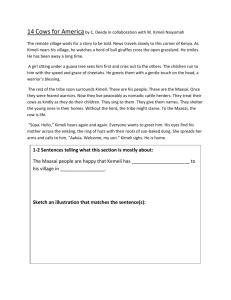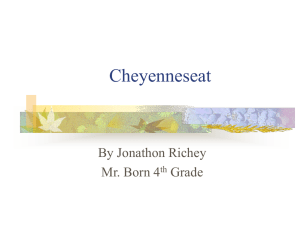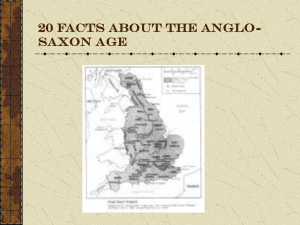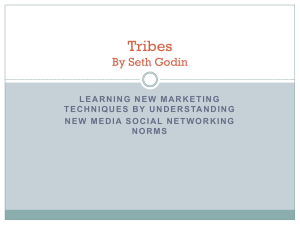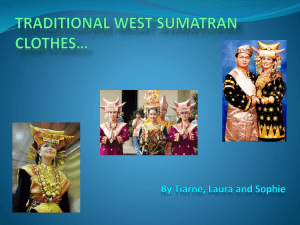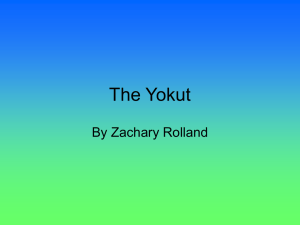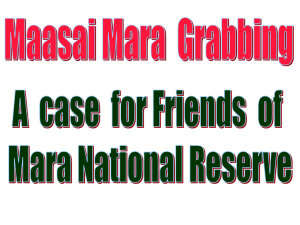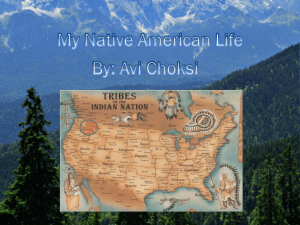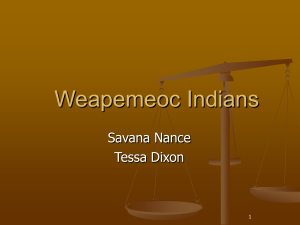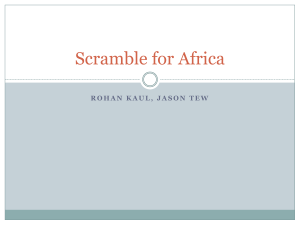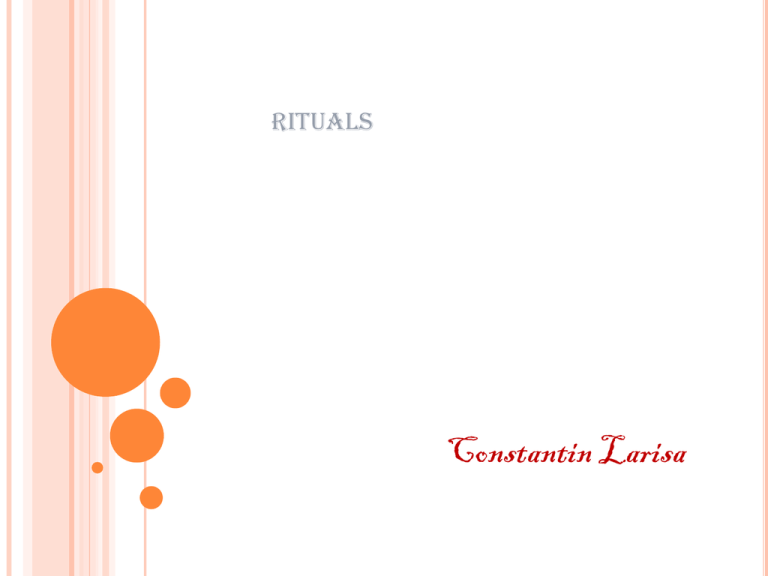
Rituals
Constantin Larisa
Papua New Guinea
Land called the asthmatic Papua New Guinea is considered by local tribes a
restricted area to foreigners, because here grows “ gharu" - Tree of life.
Guarded and the Willows a sacred river, Asewetsj, clusters formed by the tree
miraculously hidden life of unseen spirits of all generations asmatiens.
God of eternal life, Fumiri-pitj, travels from trunk to trunk and transmits news
mortals through a magical resin
Rain extinguished the fire swords, say the bulks asmatiens, after centuries in
a row because no foreigners allowed near the tribe of tree life in the prohibited area,
today in the famous region have entered the growing number of traders. For any
alien, brings gharu curse of death.
And indeed, the ancient tradition was maintained by a staggering reality. For
nature has conceived all around the land asmatien deadly marshes that can not be
crossed only very few paths, known only by a few prominent men of the community.
Legends of asthmatic say that the belly of the swamps lie hundreds of skeletons of
those who have violated the territory without the supreme god Fumiri-pitj.
One tradition says the loyalty of women scarys was tried once by
requiring them to cross the swamp and bring the trunk of a sacred gharu
resin. No woman has come back after such a challenge to destiny. Western
explorers were astonished to see that after such a tree has been
transformed into primitive boats (with the consent of wise counsel tribes),
all asmatiens longer afraid of the spirits inside the timber. So, which of a
man who is in charge of rowing drum with a rod in the boat body to keep
awake spiritual protection.
Of "wood of life" are not bows and arrows, because if such a creature
would be killed, it would become immortal and would start the war
against the asmatiens. Unfortunately, this Eden at the end of the world
in which man has not been achieved in recent years is driven by the
tentacles of modern civilization. Foreigners found that gharu resin is one
of the most valuable in the area of the Pacific. Westerners have learned
the local trade (barter) with the natural product, lure them with alcohol.
Even if there centuries of custom tribal rituals conducted in atmosphere of
gharu incense smoke, the most "entrepreneurs" are often members of
travel trade the asmatiens modern settlements in Papua New Guinea to
sell sacred resin. Tree risk to lose their life sacred and swamps
surrounding zones is not a deadly threat. Although tradition says that
each such tree is a shrine, asmatiens young generations tend to move the
ancient faith, curses like no longer works and miracles here remain to
populate only stories.
The divers Vanuatu
This ritual is practiced by members of tribes on the islands that make
up the Republic of Vanuatu, both as a ritual of "increased" and the ritual
celebration of the harvest. The men jump from a tower 30 feet with ankles
bound with vine stalk. If jumping is done correctly, the person reaches the
top of the head or shoulders of the earth. Unfortunately, any mistake can
result in serious injury or even death jumper’s.
The boys begin to participate in this
ritual
as circumcision at the age of 7 or 8 years,
but are allowed to jump from a lower
height.
Mother held in her arms an object that
th
symbolises the boy’s childhood,and while
the child throws the subject of salt mother
arms.
Okrika tribe
(Nigeria)
Iria is a ritual practiced by the
African tribe girls Okrika. Girls aged
between 14 and 16 years fall in
"fattening rooms" where they are well
fed to get the body of a woman. They
are taught by the elderis Iria tribe
tribe's traditional songs. The faith of
this community is that girls develop
feelings for water spirits. Before the
girls to be considered suitable for
marriage, they must free themselves
from these feelings.
For the girls go on the river bank at
dawn for several days and sing songs
they have learned. On the last day the
initiateds go where the river water is
said that spirits will try to take them
by force.
To prevent this Osokolo acid,
an elderly community member
girls hitting with a stick while
they sat back in ensuring that
safety and their future
fertility.
Murs tribe
The Murs tribe in southern Ethiopia, Africa, the Omo River valley has around 4,000
inhabitants. It is downright fantastic you find there if you get in that area, at first glance
you might think that something has happened, your car has entered a black hole and be
propelled into Jurassic, reaching into a different era, a primitive , where living
conditions are not in the vision of a man today, in 2000 (or the minimum !!!).
This circle can be
The fact is, by comparison,
removed only with
the famous and funnis
meals. No one tribe
Flinstone lived better than
is allowed to wear
Murs tribe in Ethiopia. Not only
for people here is very normal to
long hair, so all he
walk naked, nudity is just a
covers his head with
matter of pride (that is when we
various ornaments
see men cover ... to understand
made from shells or
that I'm not too proud?: D), but
carved wood or
habits here we come across
metal. Long hair
head, new people civilized! Have
draws lice or ticks so
some traditions of the most
barbarous and the most
it goes without
sadistic! Women get used to
saying! As for
wear a large circle made of glue Men and women are torturing and
settlements, living in
in lip rest of his life since the
making some scars like tattoos on the
straw huts on the
age of 16 years when the ritual body, skin, in order to remain standing
ground.
begins drilling a painful lower
lip.
and attract (not missing aesthetic
sense even here in this forgotten corner
of the world) is also painted men and
white, for an addition of masculinity.
Maasai people
Maasai people rituals serve to maintain their political structure based on
age-sets cattle, and to reduce population numbers. Each ritual transition
between age-sets and age-groups is a step toward old age and metaphorically a
step toward God. Each ritual of transition between sets of age and age groups is
a step toward retirement and metaphorically a step towards God. The critical
event in each ceremony is the sharing of meat, which brings all participants
closer to God. Critical event in every ceremony is the sharing of meat, which
brings all participants closer to God.
When children are young, they usually stay within the Enkang, a form of
enclosure formed by the fence of Thorny plants which protect the Tribe and
their cattle from predators and other Tribes. When children are small, they
usually stay within Enkang, as an enclosure formed by a fence of thorny plants
that protect the tribe and their cattle from predators and other tribes. Here, the
children tend the family herd. Here, children tend to herd the family.
Maasai women are responsible to take care of their families. They also take care of children,
collecting firewood, and get water (average distance to travel for water is approximately 30 km).
Women are responsible for collecting and to cleaner plants to make containers that decorates with
leather and beads. These containers are used to store milk, blood, water, honey and cornmeal.
These containers are used to store milk, blood, water, honey and corn.
Until their circumcision around the age of fifteen,
Maasai girls have the freedom to enjoy sexual relations
with junior warriors. By around their circumcision at
the age of fifteen years, Maasai women are free to enjoy
sex with junior warriors. The only restriction is that
they are not permitted to become pregnant. The only restriction
is that they are not allowed to become pregnant. After their
circumcision, which is performed by the elder women, they are
considered to be adult women (Esiankiki), and is immediately
married (sometimes that day) to a man much older than
themselves.
After their circumcision, which is done by older women, they are considered adult women
(Esiankiki), and are married soon (sometime in the day) to a man much older than themselves.
Maasai women are respected as mothers, and will be members of the same age-sets as their
Husbands. Maasai women are respected as mothers, and will be members of the same age-sets as
their husbands. Often women will maintain close ties, both socially and sexually, with their former
boyfriends, even after they are married (this is known as wife-lending), just so long as their
relations are with a man belonging to the same age-set as their husband. Often, women will
maintain close links, both social and sexual, with their former friends even after they are married
(this is known as wife-lending), as long as their relationships with a man who made part of the
same age-set as their spouse. If a Maasai woman has a child by a man other than her husband, the
child is considered by the husband to be his own, and is not treated any differently than his
biological children. If a Maasai woman has a child by a man other than her husband, the child is
considered to be the husband's, and is not treated differently than one's biological children.
Tribes Cherokees
CHEROKEE INDIANS WAS ONE OF THE CIVILIZED TRIBES IN THE UNITED STATES. THEY
WERE LOCATED IN THE SOUTHEASTERN PART OF THE U.S. THIS INCLUDES THE WESTERN
PARTS OF NORTH AND SOUTH CAROLINA, THE NORTHERN PARTS OF ALABAMA AND
GEORGIA, SOUTHWEST VIRGINIA AND THE CUMBERLAND BASIN OF TENNESSEE. THEY
WERE LOCATED IN THE SOUTHEASTERN U.S. THIS INCLUDES PARTS OF WESTERN NORTH
AND SOUTH CAROLINA, NORTHERN ALABAMA AND GEORGIA, VIRGINIA AND SOUTHWEST OF
CUMBERLAND BASIN OF TENNESSEE. IT APPEARS THE CHEROKEE SETTLED IN 1000 AD TO
1500 AD THEIR DEVELOPMENT TOOK PLACE IN TO THE STAGES OR PHASES. IT SEEMS
CHEROKEE ESTABLISHED IN 1000 TO 1500 AD THEIR DEVELOPMENT TOOK PLACE IN THE
PHASE OR PHASES.
The Pisgah which took place 1300 AD to 1540
AD and the Qualla which took place 1540 AD to
1750 AD The first period was primitive and the
second was influenced by European contact.
Pisgah held in 1540 AD and 1300 AD Qualla held
in 1540 AD 1750 AD The first period was
primitive and the second was influenced by
European contact. They were a large part of the
Tribe that was Iroquian language group even
though their language is very different. They were
a large tribe that was part of the group Iroquian
language, even if their language is very different.
Despite this the Cherokee written language
developed due to contact with the white men.
Despite this written Cherokee
language developed as a result of
contact with white people. They
were very interested in learning the
ways white men. They were very
interested in learning ways white
men.
Dinka tribe
Dinka is a tribe in southern Sudan, living in Bahr el Ghazal region of the
Nile basin, juggling and parts of South Kordufan Nile and Upper regions. They
are mainly agro-pastoral people, relying on cattle herding at Riverside camps in
the dry season and growing millet (Awuou) and other varieties of grains (rap) in
fixed settlements during the rainy season. They are mainly agro-pastoral people,
relying on cattle in camps Riverside Herding dry season and growing my (Awuou)
and other varieties of seeds (RAP) in fixed settlements during the rainy season.
They number around 1.5 million people, constituting about 4% of the population
[citation needed] of the entire country, and constitute the largest ethnic tribe
South Sudan. They number about 1.5 million people, representing about 4% of
the population [citation needed] the whole country, and constitute the largest
ethnic tribe in Southern Sudan. Dinka, or as they refer to themselves, Muonyjang
(singular) and jieng (plural), is one of the branches of the River Lake Nilotes
(mainly sedentary agri-pastoral peoples of East Africa who speak nilotica
languages, including the Nuer and Luo) (Seligman 1965). Dinka, or as they refer
to themselves Muonyjang (singular) and jieng (plural), are one of the branches of
Nilotes River Lake (mainly sedentary agro-pastoral peoples of East Africa who
speak languages nilotica, including the Nuer and Luo) (Seligman 1965).

